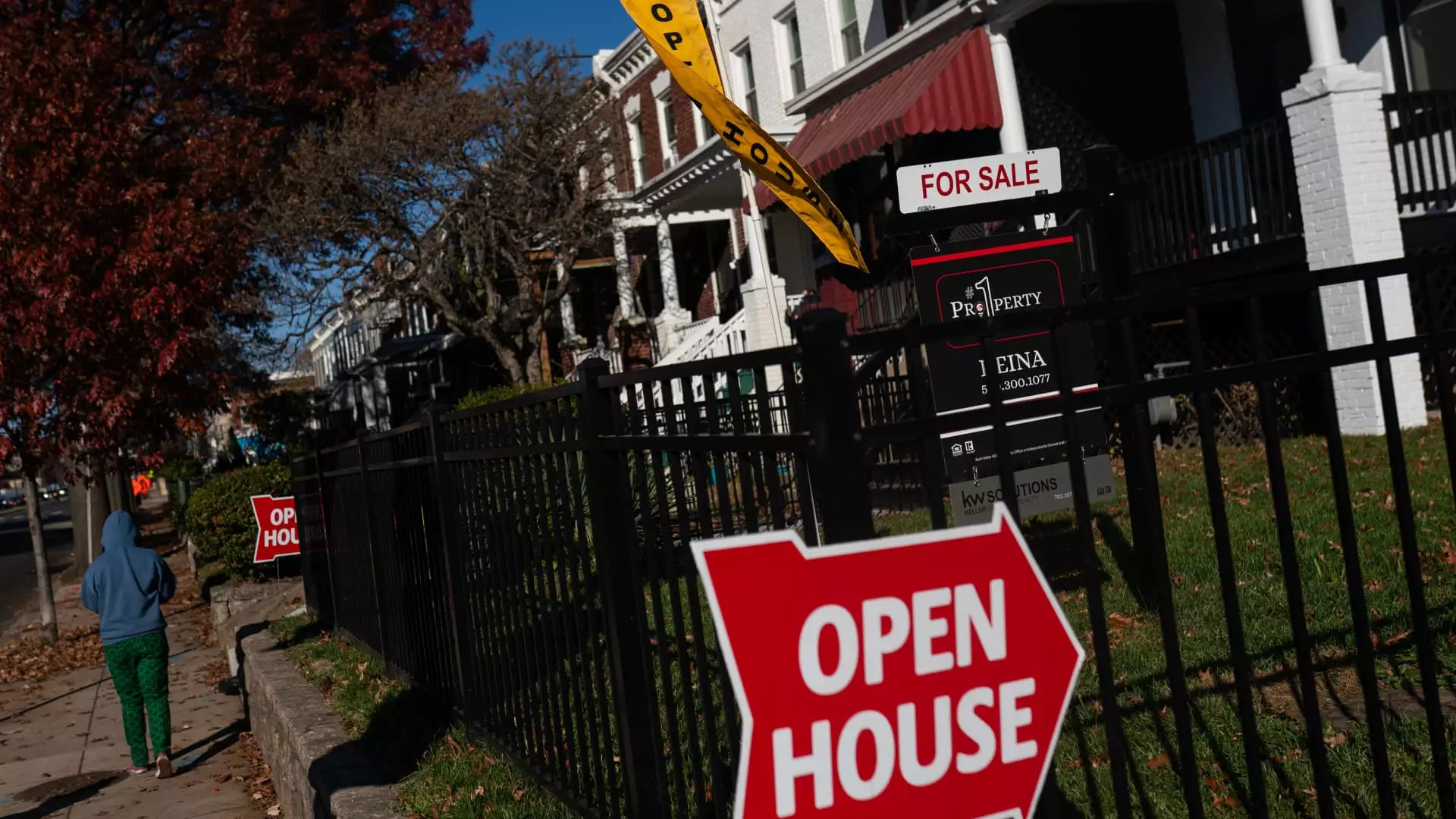In a compelling narrative that unveils the complexities of socio-economic mobility, Maryland Governor Wes Moore shared a poignant chapter from his childhood. At just eight years old, his mother faced the painful decision to send him to military school—a course of action driven less by discipline and more by aspiration for a better life. Finally, at thirteen, Moore was enrolled in a military institution in Pennsylvania, and his experience was not without turmoil; he attempted to escape five times within a mere four days. Yet, in retrospect, he acknowledges how that institution became a transformative influence in his life.
What stands out in Moore’s story is not merely a tale of personal triumph over adversity, but rather an illustration of the broader societal challenges that many families face today regarding housing and security. He credits his grandparents for their sacrifices—borrowing against their home to fund his education—which subtly underscores a critical point: the intergenerational impact of homeownership. In an environment where housing represents not just shelter but a form of economic resilience, the hurdles Moore’s family overcame exemplify the stakes involved in housing accessibility in America.
The Alarming State of Housing Costs
According to recent data, the cost of housing has surged beyond the reach of many, cascading into a crisis that is displacing generations. A staggering 30% of young Marylanders are contemplating leaving the state, primarily due to exorbitant housing costs, a trend reflecting sentiments echoed across the nation. This dilemma is compounded by a comprehensive study from Harvard’s Joint Center for Housing Studies, revealing that the ranks of cost-burdened renters—those spending over 30% of their income on housing—hit record numbers in 2022.
For millennials and Gen Z, the dream of homeownership is not just challenging; it feels almost unattainable. While those in their 30s and early 40s find themselves grappling with skyrocketing property prices and interest rates, historical contexts reveal that their predecessors navigated a more forgiving landscape. Many young adults today are rightly frustrated; indeed, these feelings are not mere anecdotes but are justified by sobering statistics. Since 1980, home prices have skyrocketed; meanwhile, median household incomes lag severely, creating a bewildering affordability crisis that reflects failed economic policies.
A Generational Divide and Its Consequences
The ramifications of this housing crisis extend beyond immediate financial constraints; they fundamentally shape wealth-building opportunities. Research from the Urban Institute highlights a severe decline in homeownership rates among today’s 35- to 44-year-olds—a drop exceeding 10% compared to their counterparts in 1980. This segment’s decrease in homeownership can partially be attributed to broader societal trends, including delayed marriages and family formations. The implications are dire: the inability to own property translates into diminished opportunities for wealth accumulation, as home equity has historically served as a cornerstone for financial stability.
Moreover, socioeconomic stratification appears to exacerbate this issue. Lower-income individuals, often getting left behind in education and employment opportunities, face steep barriers to entering the housing market. It’s a vicious cycle where the benefits of homeownership, including stability and asset appreciation, are increasingly becoming the privilege of the few, while the many are relegated to a lifetime of renting.
The Racial Disparities in Homeownership
The disparities in housing access are stark and disturbing, particularly along racial lines. Data from the National Association of Realtors reveals that while the Black homeownership rate saw a surge to 44.7% in 2023—the highest growth recorded—it still lags woefully behind the white homeownership rate of 72.4%. This pattern not only reflects systemic inequities but poses significant barriers to wealth accumulation for many Black households. While conditions have marginally improved for some, the reality remains that over half of Black families are still deprived of the foundational asset that homeownership represents.
Policy remedies are necessary and should focus not merely on the symptom—housing shortages—but on the root causes that keep many out of the housing market. Empowering low-income households through educational resources, down payment assistance, and loosening stringent zoning laws are actionable steps toward mitigating the currently entrenched inequities in housing access.
Rethinking and Restructuring Housing Policy
To break the cyclical nature of housing unaffordability, our national discourse needs to pivot towards creative, forward-thinking solutions. Policy changes should reflect the urgency of the crisis, encompassing strategies that prioritize inclusivity in homeownership. It’s not just about building more homes; it’s about building communities where everyone has the foundation to thrive.
As we navigate these pivotal conversations, we must center those most affected by the current housing landscape. For every Wes Moore who rises to prominence against incredible odds, countless others remain shackled by the very fabric of housing unsustainability. It’s time for action, accountability, and a renewed commitment to making the promise of homeownership an attainable goal for all Americans.


Leave a Reply